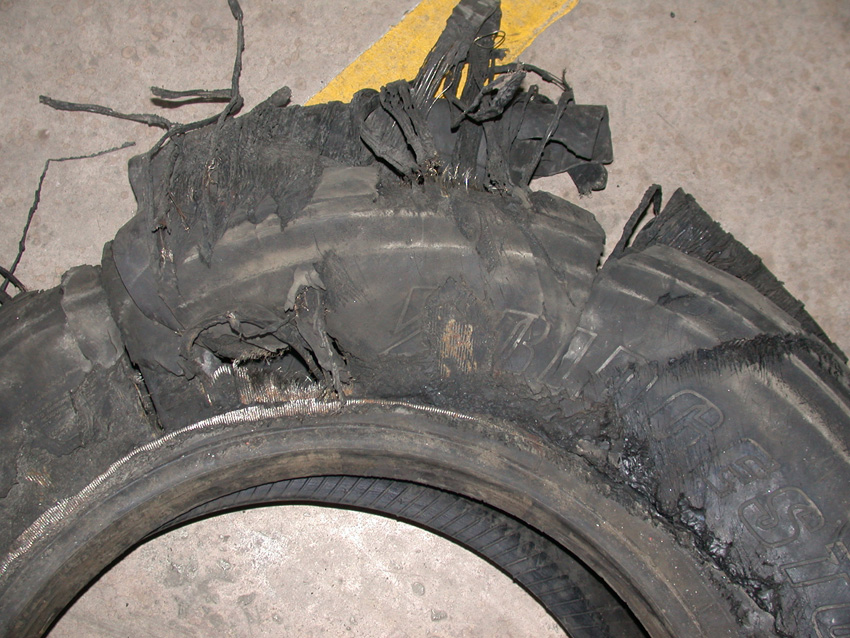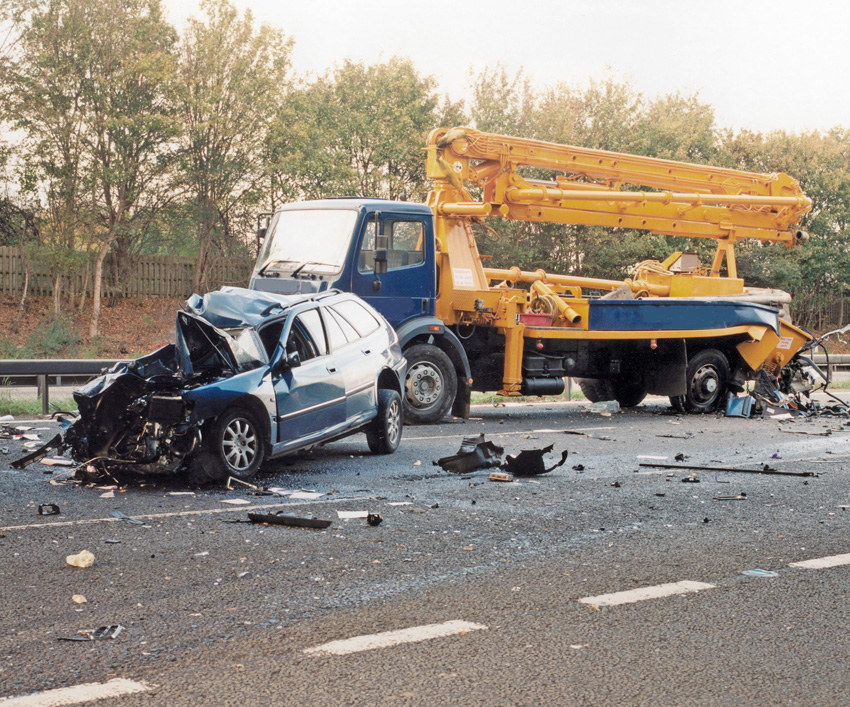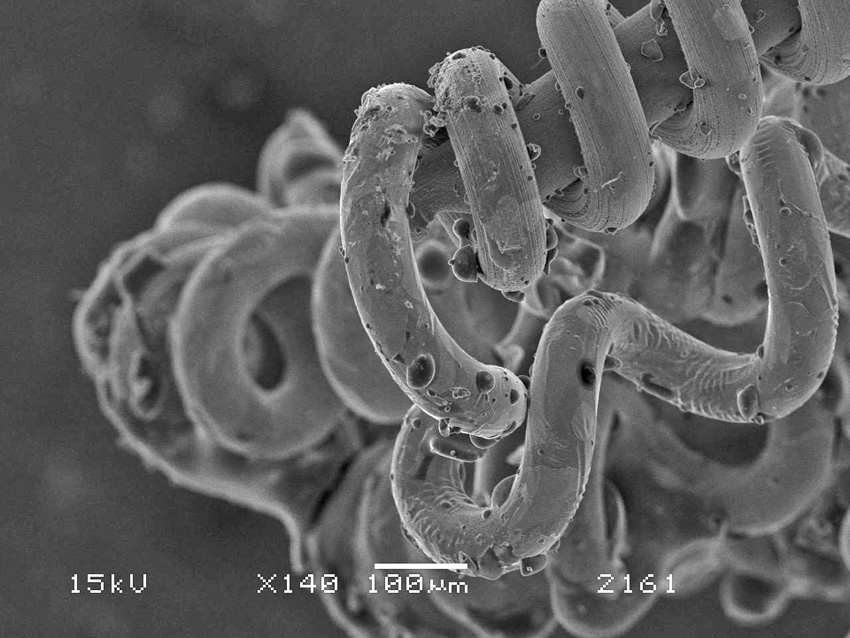Do you need to establish:
- How has the damage to a crucial vehicle component occurred?
- Did the damage occur during the accident, or at some earlier stage?
- Is the damage likely to have caused inability to control the vehicle?
- Should the driver or operator have been aware of the damage?
- Has there been malicious damage to the component?
Failure types that can arise:
- Tyre deflations(impact damage inc. kerb crush-damage, bursts, puncture and repair issues, separation/delamination and tread detachment, tread recutting, x-ray examination of damage)
- Wheels problems(wheel detachment, wheel breakage, casting defects, leaks, tyre valve damage)
- Examination of metal components(impact failures, fatigue cracking, corrosion, wear, casting defects, welding defects, not-to-specification metal)
- Vehicle light bulb examinations(state of illumination at impact, pre-accident filament failures, manufacturing defects)
- Brake defects(accident damage, pre-accident defects, heat damage, leaks)
- Towing hitch investigations(trailer detachment, coupling head defects, tow-ball and tow-pin defects, pre-accident damage)
- Seat belts investigations(evidence of use, retractor defects, buckle mechanism failure, attachment failures)
- Speedometer issues(reliability of post-impact readings, significance of marks)
Most of these fall into the following 3 groups:
1. Primary Safety (i.e. items that affect control of the vehicle)
- Tyres & Wheels
- Steering
- Suspension
- Brakes
- Trailer couplings
2. Secondary Safety (i.e. items that protect the vehicle occupants)
- Seat belts
3. Other (i.e. items that provide conspicuity or information for the driver)
- Light bulbs
- Speedometers and other instruments



